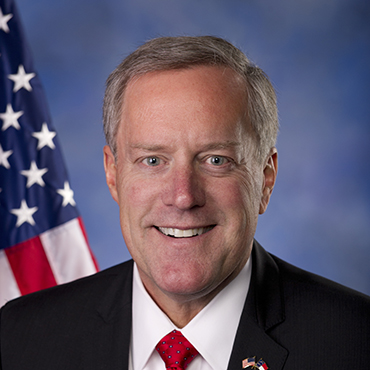A chairman returns and Skype in space

News and notes from around the federal IT community.

Rep. Mark Meadows (R-N.C.) has been reinstated as chairman of the Government Operations Subcommittee.
Chaffetz reverses Meadows demotion
A key House subcommittee with oversight authority for the federal workforce and governmentwide management won't be getting a new chairman after all. Rep. Mark Meadows (R-N.C.) will be hanging onto the gavel of the House Oversight and Government Reform Committee's Government Operations Subcommittee.
Rep. Jason Chaffetz (R-Utah), chairman of the full committee, announced June 19 that Meadows was being stripped of his subcommittee post as a disciplinary measure stemming in part from a procedural vote on the part of Meadows that angered party leaders, including House Speaker John Boehner (R-Ohio).
Meadows' picture was, for a few days, removed from the subcommittee's website. But according to a joint press statement, all is forgiven.
Chaffetz said in the statement that "a number of people have asked me to reconsider" the decision to strip Meadows of the subcommittee's chairmanship. After conversations with Meadows, Chaffetz said that "it is in the best interest of the committee to move forward together. Therefore, I have asked Mark to continue in his role as subcommittee chairman."
For his part, Meadows said, "I greatly appreciate Chairman Jason Chaffetz's willingness to reconsider his decision, as well as my Oversight and Government Reform Committee colleagues' support. I will continue to vote and conduct myself in accordance with my conscience, what my constituents want me to do and what is best for the country."
It's not clear yet whether voting his conscience will continue to include votes against rule measures, which Boehner has emphatically stated should be made in accordance with the wishes of leaders of the House Republican caucus.
Skype to power virtual reality in space
NASA officials said a pair of Microsoft HoloLens computers will be shipped to the International Space Station on June 28 as part of a joint effort to use virtual reality tools to connect ground crews with astronauts in space.
The Microsoft devices generate high-definition holograms and will be used in two main ways: In "Procedure Mode," the holographic images can be layered over physical objects, which NASA said will be useful for training. And in "Remote Expert Mode," a ground operator will see through the eyes of an astronaut via a Skype-powered connection, enabling coaching on complex repairs and other actions.
The HoloLens computers still require testing, but NASA officials said they expect astronauts on the ISS to be using the virtual reality tools by the end of the year.
NEXT STORY: A guide to creating a culture of performance





